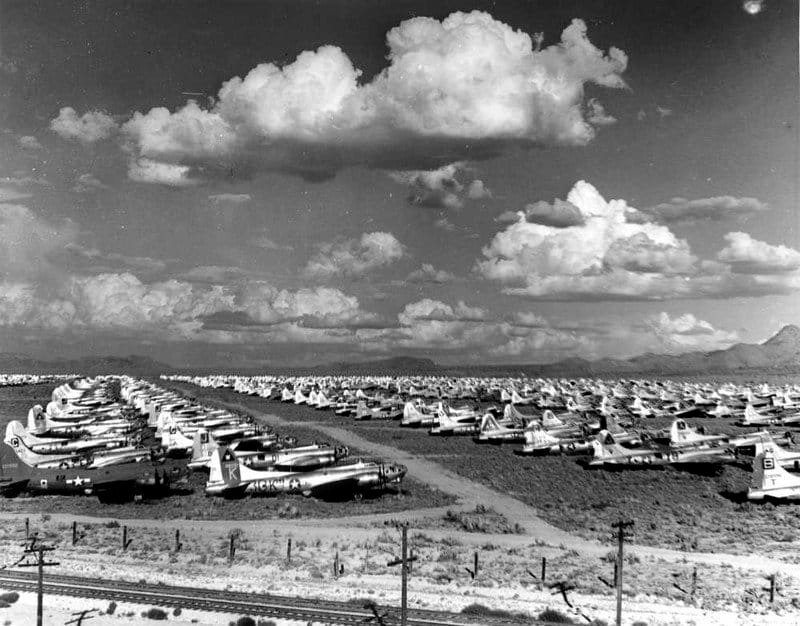On July 28, 1935, a revolutionary four-engine airplane made its maiden flight from Boeing Field south of Seattle, Washington. It was named Model 299. When describing the newly developed heavy bomber, Seattle Times reporter Richard Smith noted the multiple machine gun mounts and declared the plane to be a “flying fortress”.
Recognizing the tremendous marketing opportunity, Boeing trademarked the aircraft Flying Fortress, designated by the United States Army Air Corps as the B-17. The now-legendary aircraft, wholly owned by Boeing, was designed and flight-tested in less than a year by the Army as the Army moved quickly on a program to develop a large, multiple-engine high-altitude bomber. .
With war clouds looming, in 1940 the United States Army Air Corps began a site evaluation study of seven new bases to serve as primary training schools for B-17 gunnery crews. The ideal location is a rural, sparsely populated area with access to major transport links and a climate that allows for uninterrupted training all year round.
After initial evaluation of hundreds of sites, Kingman was named a frontrunner. The city’s first airfield was established shortly after World War I. That airfield was used as the base for the first aerial survey of the Grand Canyon.
Western Air Express opened the terminal in the late 1920s. Transcontinental Air Transport, the first coast-to-coast passenger airline, also established a terminal and airfield in Kingman. And the town was located on Route 66 Route 66 as well as a major railroad corridor connecting Los Angeles and Chicago.
After the attack on Pearl Harbor in December 1941, priority was given to developing a base that would become Kingman Army Air Field. Construction work on the Davis Dam was suspended in April 1942, and the crew and equipment were moved from the Colorado River Valley to Kingman.
Lieutenant Colonel Harvey Huglin will serve as first base commander. Kingman’s Harvey House Hotel and Restaurant was designated as a temporary headquarters, and the first cadets arriving by train used his TAT Port his Kingman Terminal for initial training.
Incredibly, the new Kingman Army Air Field was operational by August 4th. Mojave County changed as the base complex was developed.
A “coloured” USO club was established in Kingman after 334.th Aviation SQ (Segregated African American Squadron) was assigned to Kingman Army Air Field. A flexible artillery range was installed north of Route 66 across from the main base. After Kingman Army Air Field also began training navigators, six auxiliary airfields were established for use as emergency airfields or secondary training facilities.
Site #1 was established as a rudimentary emergency landing airfield on Red Lake, a dry lake north of Kingman. A similar field designated Site #3 was established near Antares Point along Route 66.
Site #4 was built in Yucca and developed into a subbase called Yucca Army Airfield. In the early 1950s, this closed airfield was purchased by Ford Motor Company and repurposed as a testing facility for new cars and trucks.
Site #4 was established near Topok. Site #6, which also developed as a cadet recreation center, was built on the island of what is now Lake Havasu City. By late 1944, the Kingman Army Air Field Complex had become one of the country’s largest training centers.
A new era for the base began when it was officially decommissioned on February 25, 1946. Equipment and buildings were demolished or sold. Shortly after the base was designated Warehouse No. 41, it became home to the world’s largest military aircraft collection.
The past and future of Mojave County’s rich aviation history Laughlin Bullhead Air Show It will take place on April 1, 2023 at Laughlin Bullhead International Airport in Bullhead City, Arizona.
by Jim Hinckley Jim Hinckley’s America
















